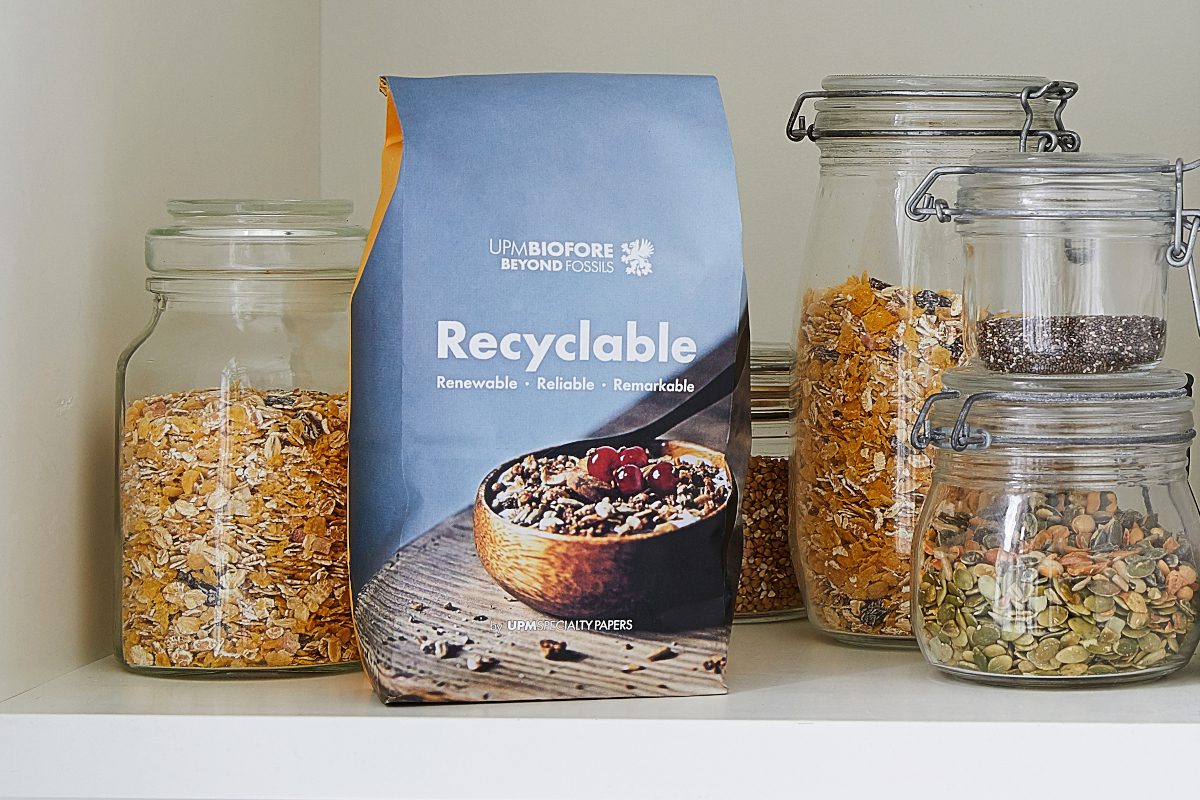
While recycling, reuse and composting of packaging continues to increase significantly, a fifth of all food packaging could still find its way to landfill and incineration even in two decades time, according to a study commissioned by sustainable packaging specialist UPM Specialty Papers.
Today, food packaging is predominantly plastic and recycling rates are relatively low. While, fibre-based packaging is widely recycled in non-food uses, the industry believes that by 2040 fibre-based packaging will approach circularity as technical development broadens its suitability for food packaging. Recycling rates for plastics are also projected to grow.
“The packaging industry will focus research and development efforts to meet increasing consumer and regulatory demand for more recyclable and compostable packaging”, said Maria Saloranta, Vice President, Strategy for UPM Specialty Papers. “As a result, we expect the share of fibre-based food packaging to grow, accelerated by breakthroughs in barrier properties and use of smart technologies that help relay information to consumers quickly and easily”.
In the report, more than 200 global packaging professionals from across the value chain contributed to the first-ever collective assessment of key trends that are projected to drive sustainability in the food packaging industry by 2040. The industry anticipates the global share of polymer-based packaging will fall by half over the next two decades in sustainable food packaging applications, while fibre-based materials are projected to contribute to over 40% of all materials in use for food packaging.
“The survey shows the industry is anticipating a USD 20 billion-dollar shift from polymer-based to fibre-based packaging by 2040,” notes Ciaran Little, Global VP of Business Development, Smithers. “The use of polymer packaging will not be eliminated but will focus on robust applications in which high strength barrier requirements and reusability are critical.”
Download the report for more analysis of trends in sustainable food packaging.






